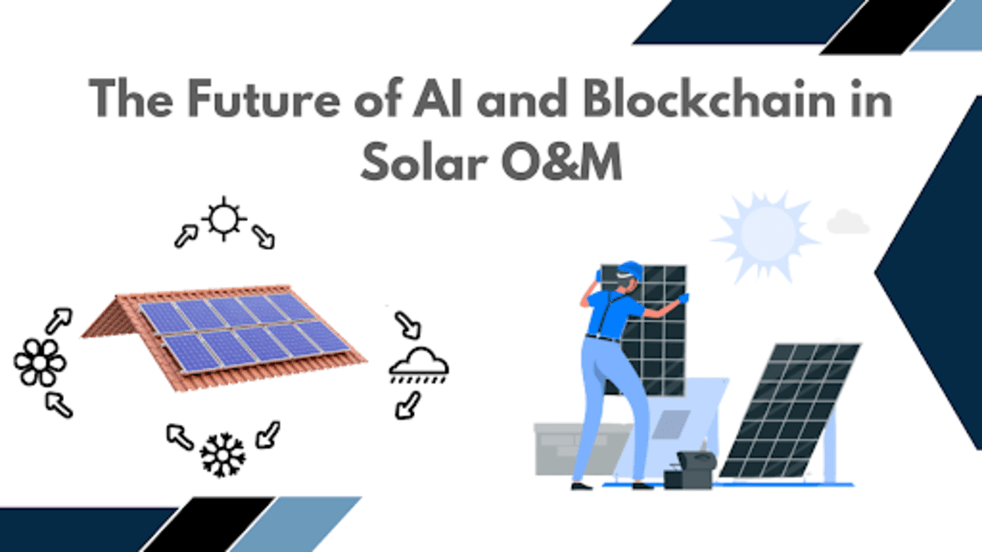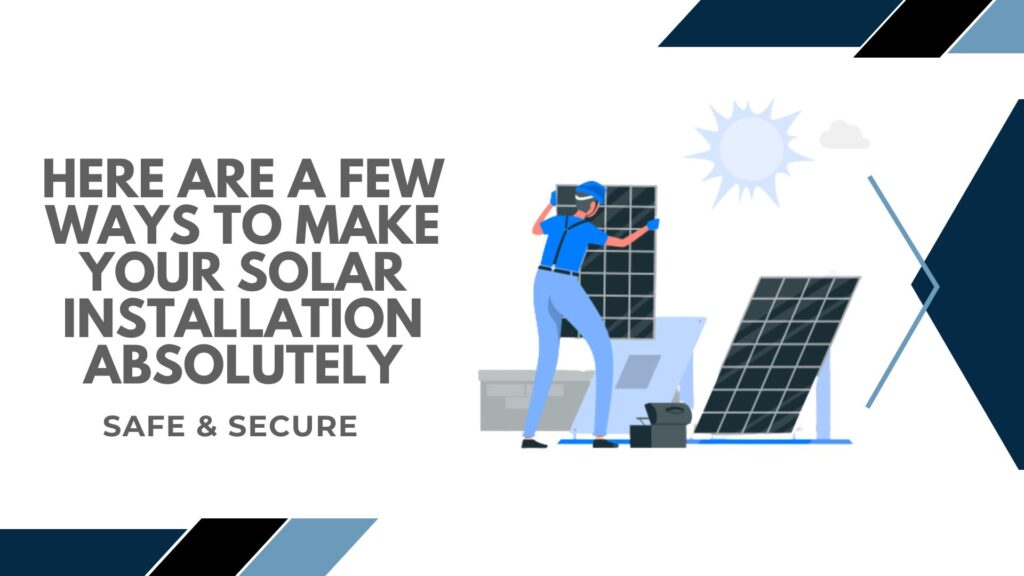
Solar energy is fast becoming one of the most favored sources of renewable energy across the world. But one of the most exciting aspects of solar PV systems is their ability to blend seamlessly with the latest technological developments across the board. AI and Blockchain are two new technologies that have a promising potential to drastically improve operations and maintenance in the solar energy space. VEMC is a leading solar energy company in Mumbai, and in this blog, we tell you all you need to know about the role of these technologies in solar energy.
Applications of AI in solar O&M
- Predictive maintenance:
An immense amount of thought, effort and finances go into maintaining solar power systems. But with the ability of processing past data through AI, you can zero in on equipment that need your immediate attention to prevent sudden breakdowns. This can help reduce costs and avoid downtime.
- Anomaly detection:
With AI, anomalies can be detected with precision and in a timely manner. These include hotspots, potential induced defects (PID) or problems with diodes, strings or junction boxes.
- Performance optimisation:
AI can perform an enormous role in boosting the performance of your solar panels. Specialised algorithms can accurately perform data analysis to determine the optimal use of solar power. AI can also be used to monitor modules and micro-inverters for quick redressal of any anomalies.
- Automation:
By analysing data from solar power systems, AI can help in automating the decision-making process and ensuring highest levels of efficiency and performance.
Blockchain for secure data management and traceability
- Asset tracking:
As the solar energy industry is growing rapidly every passing year, its supply chain is becoming ever more complex creating challenges for traceability. With blockchain technology however, granular data can be collected at asset level and can be recorded on-chain.
- Performance logging:
With blockchain-based platforms, users can gain real-time insights for optimum performance of their on-grid solar system. The distributed ledger system helps monitor and log data exchange between panels, storage systems and the grid.
- Warranty verification:
With its decentralised and distributed ledger, blockchain technology can be used in keeping immutable records of warranty claims and records of equipment. These records cannot be tampered with and can thus offer an authentic and transparent warranty management mechanism.
Benefits of AI and Blockchain integration
- Improved efficiency:
One of the most outstanding benefits of both AI and blockchain technologies is more efficient operation of solar power systems.
- Reduced costs:
By streamlining the operations, AI and blockchain help in reducing human effort, cost of energy and material.
- Enhanced transparency:
These technologies offer highest levels of transparency in terms of authentic data records and documentation. Blockchain especially is a highly innovative way to capture and communicate important information across the solar power system.
For more on how technologies like AI and Blockchain can transform your conventional solar power system, feel free to call us on 022 43436655 or email us at marketing@vemc.co.in. We are the industry leaders when it comes to solar power installation.



